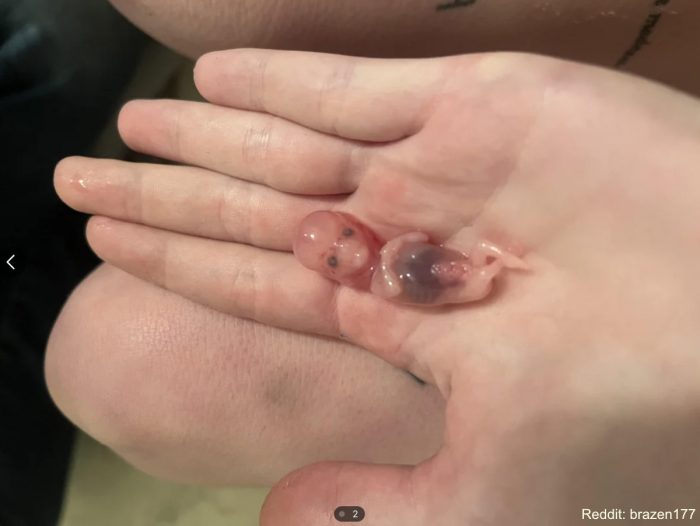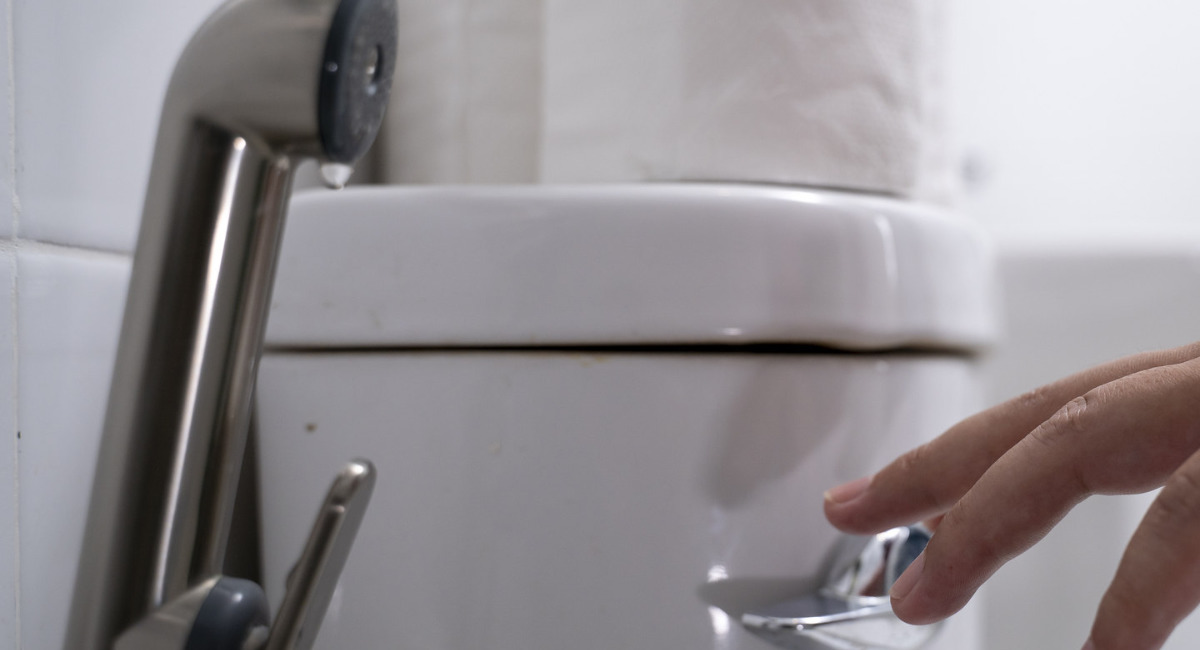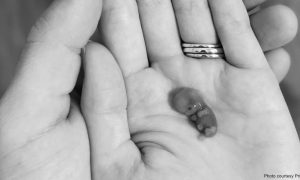A new report from Liberty Counsel Action is highlighting the growing environmental concerns over the use of the chemical abortion pill.
Key Takeaways:
- A new report examines the concerns surrounding the potential impact of at-home abortion pill use on the nation’s water supply.
- The original environmental assessment of the abortion pill in 2000 claimed environmental impact would be “minimal,” but much has changed since then, including the fact that most abortions are now done by pill.
- The amounts of fetal remains and mifepristone in the water supply have increased since its legalization, due to the extension of the gestational age at which the drug may be taken under FDA approval.
The Details:
The report, Abortion in Our Water: Chemical Home Abortions & the Disposition of Aborted Fetal Remains, noted two primary issues:
- Each year, about 700,000 aborted children’s remains enter the water systems, and water treatment plants are not designed to handle medical waste.
- The abortion pill (mifepristone) is also present in our water because it is not fully absorbed by the body, and filtration systems are unable to remove it from the water.
The reasons the abortion pill is directly impacting the water and potentially the health of Americans, according to the report:
⇒ When the FDA originally approved mifepristone (Mifeprex) for use in abortion, it relied on an environmental assessment that allegedly did not assess anything.
“In the application seeking approval for Mifeprex in 2000, an Environmental Assessment (EA) was submitted that merely ‘concluded’ the impact of the drug on our environment would be minimal,” according to the report. “At the time, calculations showed a low expected concentration in the environment…”
However, the report notes that no actual study was conducted and the assessment “failed to address the issue of how the fetal remains would be disposed of…”
Flushing fetal remains could be considered a violation of some state fetal disposal and medical waste laws.
⇒ The increased use of the chemical abortion pill regimen has increased the number of fetal remains and amount of mifepristone present in the water supply.
Since it was first approved in 2000 under the Clinton administration, the abortion pill has rapidly increased in use and now accounts for more than 63% of all abortions in the United States.

Photo of 10-week aborted baby: Reddit user brazen 177
A breakdown of the report notes the FDA’s oversights concerning mifepristone and the remains of aborted children violate both federal and state law:
The National Environmental Policy Act requires proposals for major federal actions [e.g., drug approval] ‘significantly affecting the quality of the human environment,’ [includes ‘the relationship of people with that environment’], to include a ‘detailed statement on … reasonably foreseeable environmental effects,’ unless an exclusion applies.
It also states that all federal agencies shall “identify and develop methods and procedures … which will ensure that presently unquantified environmental amenities and values may be given appropriate consideration in decision making.”
Why It Matters:
The report notes that…
- The original approval of mifepristone should have considered how fetal remains were going to be disposed of following at-home abortions.
- The FDA failed to consider “extraordinary circumstances” in its continued approvals of the chemical abortion pill. Extraordinary circumstances can be based on disposal from the use of the drug, which would be the case with mifepristone, which requires the disposal of human remains.
- Changes to the guidelines regarding the abortion pill included extending the approved time limit on the use of the drugs, increasing the max gestational age from 49 days to 70 days — increasing the number of aborted babies entering the water supply.
The report notes that the abortion pill leads to the improper disposal of medical waste, as numerous state laws exist to ensure that in every other context, human remains and medical waste (e.g. placenta, blood, etc.) are properly disposed of (emphases added):
… [A]bortion providers have likewise failed to adhere to federal guidelines outlining the need to ensure medical waste is properly disposed of. While they may argue the home setting relieves them of this responsibility, as noted in section one, regulations that require abortion providers to properly dispose of fetal remains after a surgical abortion but not after abortions performed at home create an illogical double standard.
This double standard has led to massive amounts of medical waste entering our sewer systems, which in any other context would be a national scandal. This discrepancy (medical waste laws applying to and being enforced for abortions done in clinic vs. outside the clinic) urgently needs addressing.
Those who create the medical waste are supposed to properly dispose of it, however, at-home abortions have put that responsibility on the women instead of the abortion industry.
Women are often traumatized by the abortion itself and are following instructions from the abortionist to flush the baby. Unsure of what else to do, many will flush in a panic after not expecting to be able to see and distinguish their baby from expelled pregnancy tissue.
The report urges the government to take action “to ensure that every person in the this country has clean air to breathe, safe water to drink, and land to live, play, and farm on that is safe from pollution.”
It also calls for a study on how mifepristone, as a potential endocrine disrupting contaminant in the water, may be adversely affecting animal and human health, including infertility. It urges the FDA to do an EA that reviews both metabolites and fetal remains entering our water.
The Bottom Line:
For centuries, women have been facing the challenge of disposing of the remains of children who are miscarried during pregnancy. There are little to no rules on how to handle these remains, and even hospitals dispose of them with medical waste.
For women who miscarry very early in pregnancy, they may automatically flush the child’s remains, which could be indistinguishable to the naked eye. However, the news has been plagued in recent months with stories of nearly full term babies being flushed down toilets and becoming stuck.
As the abortion industry continues to promote at-home abortion pill use, traumatic situations individuals finding deceased babies in toilets, dumpsters, or other locations, will also continue.








